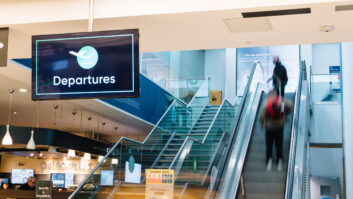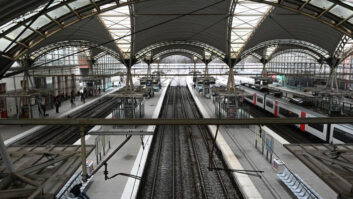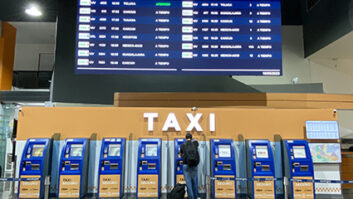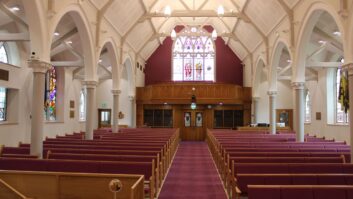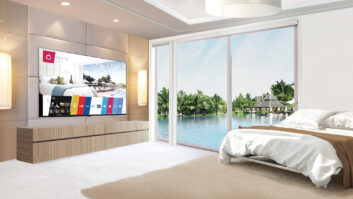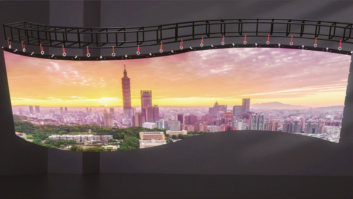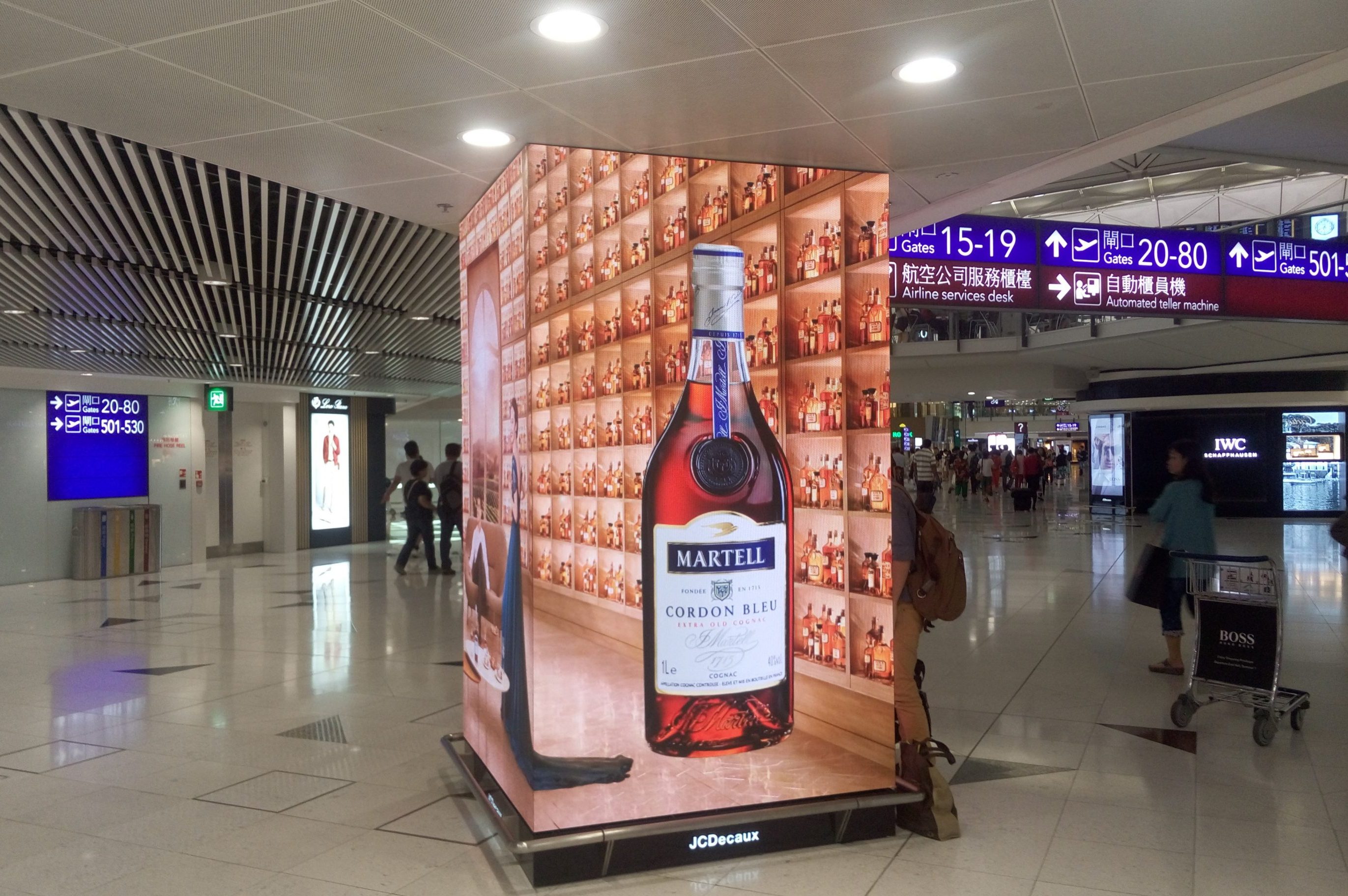
Previously we looked into the technology requirements and safety considerations in these tricky environments, here Ian McMurray considers the high bar set in terms of reliability and the benefits of investing more initially to save costs later on.
A favourite game among frequent travellers is spotting BSoDs – Windows’ infamous blue screens of death, the result of a system crash.
“Software reliability is also an important factor,” believes Lucy Meredith, UK product marketing specialist for Panasonic Visual System Solutions. “Older Wintel set-ups suffered frequent issues because they relied on an external computer. Today’s modern System-on-a-Chip displays, like our AF1 range, offer much greater stability as they use open source software in a completely self-contained format, with no additional cabling, mounting or use of a separate computer.”
With almost 50,000 screens installed worldwide – of which more than 75% are installed in the transportation market – outdoor advertising company JCDecaux has 15 years’ experience in the field.
“Quality of screens is our main concern and our digital department controls the entire process from the selection of the supplier – who must conform to a strict list of criteria – to the installation on site anywhere around the world,” explains the company’s Jérôme Lepage, who is marketing and business development director for its transport division. “All equipment is tested in our technical HQ in France before transportation.
“JCDecaux has developed its own Digital Management System (DMS) allowing local and corporate teams to control all the screens around the world. In addition, preventive maintenance has an essential role in the process. Basics, such as inside and outside cleaning or filter changing, must be scheduled and executed methodically.”
“Digital requires expertise, and operators performing troubleshooting and level 1 maintenance must be very well trained for maximum efficiency,” he concludes. “For instance, remote monitoring of the main operational parameters should enable the triggering of maintenance actions.”
Reliability, maintainability
In any discussion of the needs of high-end advertisers in high-footfall areas such as transportation hubs, reliability and maintainability is a recurring theme. With advertisers often imposing penalties for failure to deliver the exposure for which they have contracted (as Lepage notes: reports with screenshots, proof of play and proof of display are very frequently required) – selecting a quality product comes top of the list in ensuring 24/7 operation.
“Investing a little more up-front can save significant costs on the back end, through lower operating costs and less frequent service visits,” says Pete Egart, vice president Europe, Middle East, Africa, and Latin America at Daktronics.
NEC’s Wilks sees things similarly. “For above head-height installations especially, landlords need to really think about the quality of the solution they are buying – the importance of their reliability cannot be overstated,” he echoes. “The cost of servicing a single failure of an airside display at height can easily outweigh any initial cost saving they may realise in capital expenditure. In airport terminals, for instance, an above head-height replacement will involve at least three engineers, a mobile elevating work platform, security passes for all, and a cordoning off with associated re-wayfinding of an area. Safety in public areas is key to the profile of a transport hub.”
“Monitoring is key in order to detect failures as they happen,” says Nacho Perez, senior director, advertising market at Absen Europe, “while ease of service – simple operation and few components – is critical in minimising intervention time.”
“Front service access for displays is preferred, especially where installation space is limited,” adds David Wu, CTO at AOTO. “And, ideally, the service centre and technical support should be local to ensure the most responsive support.”
Farley sees advantages for LED technology in this area too. “Most tier one LED display companies report 100,000 hours to half-brightness – or nearly 11 years of continuous play – only requiring periodic adjustment of brightness levels,” he says. “That’s a level of performance other display technologies struggle to match.”
“Beyond this,” he goes on, “in the event of failure, with LED, individual tiles can be removed and replaced in a matter of minutes, causing little or no disruption to the advertising being played – as opposed to the day’s downtime that would otherwise be the case.”
It would be easy to believe that high-end advertising in transport hubs is all about just two technologies – but Meredith is quick to set the record straight.
“Digital advertising doesn’t just extend to displays,” she says. “Our projector range is equally capable of use in advertising, with edge blending, short throw and curved projection providing more flexibility, particularly if the area desired for advertising is larger than the size of a display, or if displays cannot be mounted in the space. What’s more, because our latest laser projectors are incredibly bright and can be operated maintenance-free for up to 20,000 hours, they offer an exciting, cost-effective alternative to traditional digital signage using screens.”
www.absen.com
www.aoto.com
www.daktronics.com
www.jcdecaux.com
www.nec-display-solutions.com
business.panasonic.eu

